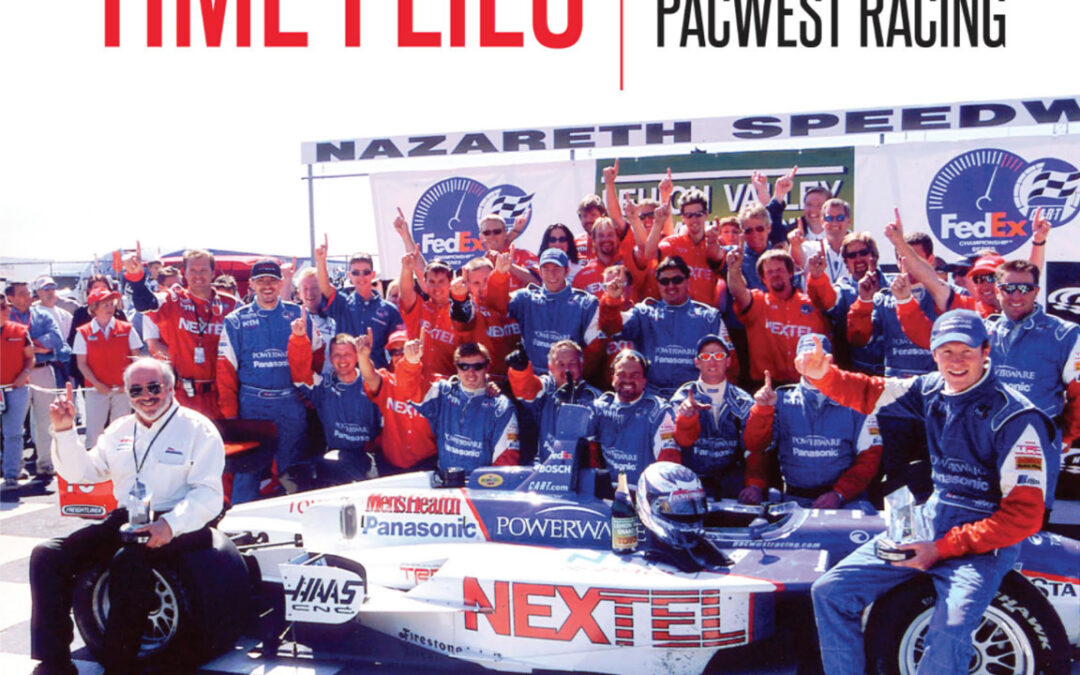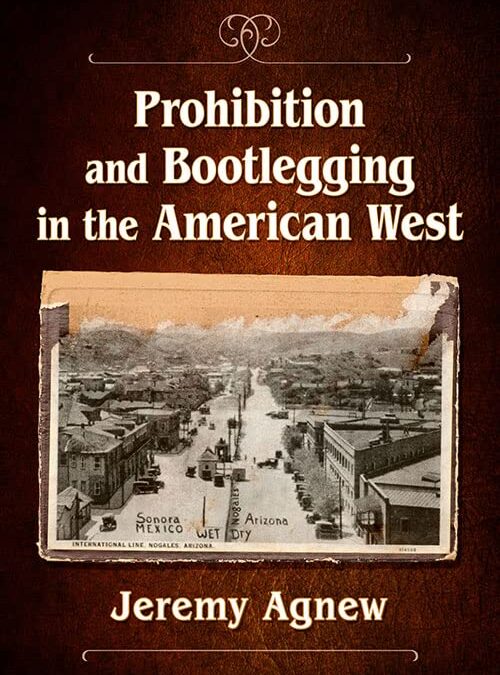
Prohibition was imposed by eager temperance movements organizers who sought to shape public behavior through alcoholic beverage control in the 19th and early 20th centuries. The success of reformers’ efforts resulted in National Prohibition in America from 1920 to 1933, but it also resulted in a thriving illegal business in the manufacture and distribution of illegal liquor. The history of Prohibition and the resulting illegal drinking is frequently told through the lens of crime and violence in Chicago and other major East Coast cities. Often neglected are the effects of Prohibition on the Western part of the United States and how Westerners rose to the challenge of avoiding the consequences of illegal drinking. Illegal liquor was imported from abroad, made in stills using strange ingredients that were sometimes poisonous to the unlucky drinker. This history includes stories ranging from serious to quirky, and provides an entertaining account of how misguided efforts resulted in numerous unintended consequences.

The piston engines that powered Second World War fighters, the men who designed them, and the secret intelligence work carried out by both Britain and Germany would determine the outcome of the first global air war.
Advanced jet engines may have been in development but every militarily significant air battle was fought by piston-engined fighters. Whoever designed the most powerful piston engines would win air superiority and with it the ability to dictate the course of the war as a whole. This is the never-before-told story of a high-tech race, hidden behind the closed doors of design offices and intelligence agencies, to create the war’s best fighter engine.
Using the fruits of extensive research in archives around the world together with the previously unpublished memoirs of fighter engine designers, author Calum E. Douglas tells the story of a desperate contest between the world’s best engineers – the Secret Ho
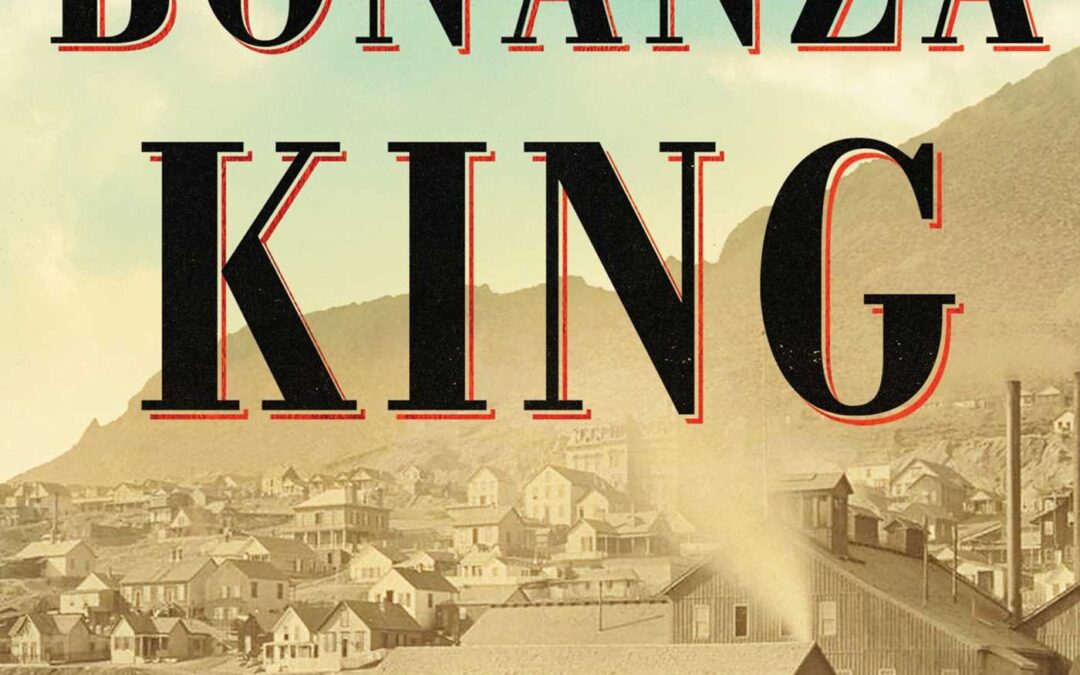
A monumentally researched biography of one of the nineteenth century’s wealthiest self-made Americans…Well-written and worthwhile” (The Wall Street Journal) it’s the rags-to-riches frontier tale of an Irish immigrant who outwits, outworks, and outmaneuvers thousands of rivals to take control of Nevada’s Comstock Lode.
Born in 1831, John W. Mackay was a penniless Irish immigrant who came of age in New York City, went to California during the Gold Rush, and mined without much luck for eight years. When he heard of riches found on the other side of the Sierra Nevada Mountains in 1859, Mackay abandoned his claim and walked a hundred miles to the Comstock Lode in Nevada.
Over the course of the next dozen years, Mackay worked his way up from nothing, thwarting the pernicious “Bank Ring” monopoly to seize control of the most concentrated cache of precious metals ever found on earth, the legendary “Big Bonanza,” a stupendously rich body of gold and silver ore discovered 1,500 feet beneath the streets of Virginia City, the ultimate Old West boomtown. But for the ore to be worth anything it had to be found, claimed, and successfully extracted, each step requiring enormous risk and the creation of an entirely new industry.
Now Gregory Crouch tells Mackay’s amazing story—how he extracted the ore from deep underground and used his vast mining fortune to crush the transatlantic telegraph monopoly of the notorious Jay Gould. “No one does a better job than Crouch when he explores the subject of mining, and no one does a better job than he when he describes the hardscrabble lives of miners” (San Francisco Chronicle). Featuring great period photographs and maps, The Bonanza King is a dazzling tour de force, a riveting history of Virginia City, Nevada, the Comstock Lode, and America itself.
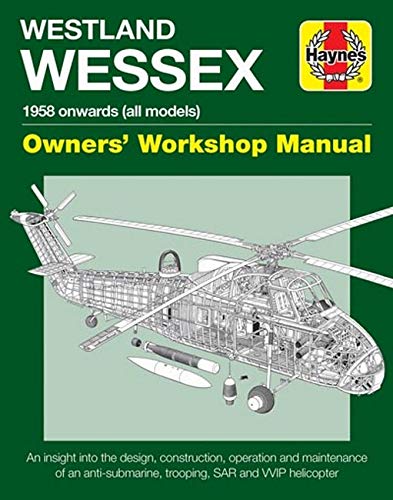
An insight into the design, construction, operation and maintenance of an … SAR and WIP helicopter (Haynes Manuals)
With a full and active service life of more than 40 years with the Royal Navy and the RAF, the Westland Wessex was one of the most versatile helicopters of the Cold War era. As a British-built turbine-powered development of the American Sikorsky H-34, the Westland Wessex was developed and produced under license by Westland Aircraft (later Westland Helicopters). One of the main differences from Sikorsky’s H-34 was the replacement of the piston-engine power plant with a turboshaft engine. The Wessex was the first helicopter to be produced in large numbers that made use of a gas turbine engine. Early models were powered by a single Napier Gazelle engine, while later builds used a pair of Rolls-Royce Gnome engines.
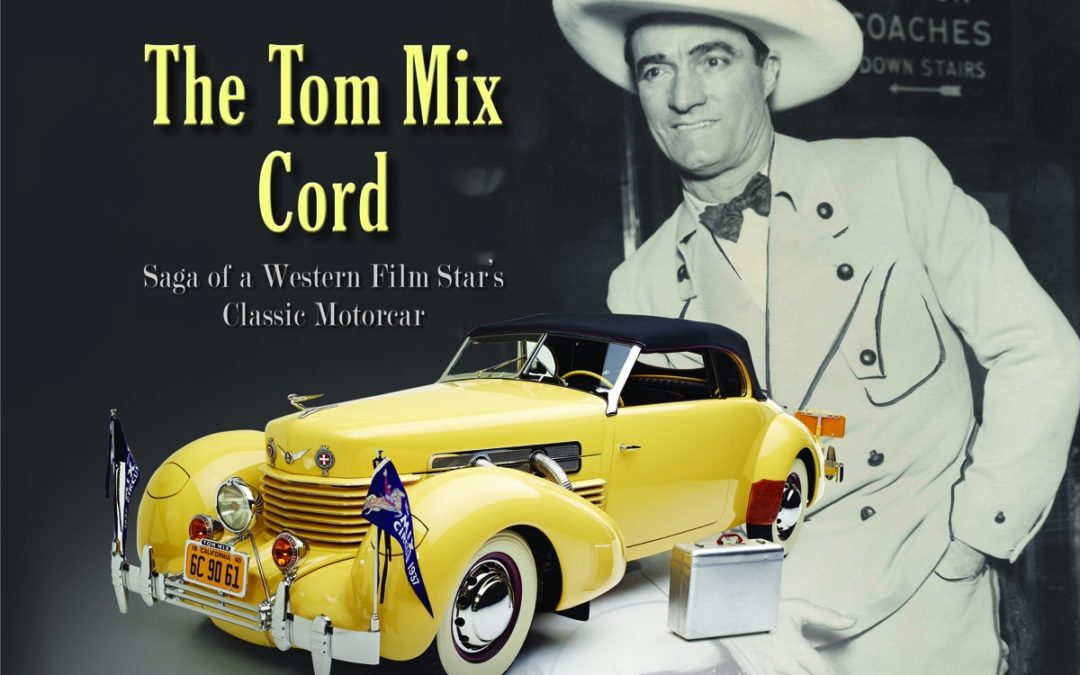
The Tom Mix Cord: Saga of a Western Film Stars Classic Motorcar, tells the story of this classic car from personalization to wreckage to restoration. Well documented at every stage, this book offers a look at Tom Mixs unique history in the film industry, circus, and his love affair with a 1937 Super Charged Cord that has won nearly thirty awards. Tom Mix was the highest paid actor in Hollywood during the early part of the 20th Century mostly during the silent film era, being featured in 336 films and dubbed as the King of Cowboys until his untimely death in this very 1937 Cord. While Mix owned the Cord, he personalized it to make it a true show piece. The Tom Mix Award for the best Cord given at the West Coast Auburn Cord Duesenberg show is a coveted trophy. The car has won the award twice, along with being on the cover of Antique Automobile Car Club of Americas magazine. If you are a car buff, western film buff, or know one, this title is one not to miss. This book includes the ownership history of the car (with some surprises), the fully researched and documented additions made to the car by Mix, a history of the Auburn Cord Duesenberg Company, a history of Tom Mixs other endeavors such as owning a circus featuring Wild West Shows, and a detail of the restoration of the Cord to its current show quality state. 11 x 8.5 inches, 144 pages, hardcover.

SIGNED
Ghosts Towns of the West is the essential guidebook to the glory days of the Old West!
Ghost Towns of the West blazes a trail through the dusty crossroads and mossy cemeteries of the American West, including one-time boomtowns in Arizona, California, Colorado, Idaho, Montana, Nevada, New Mexico, Oregon, Utah, Washington, and Wyoming. The book reveals the little-known stories of long-dead soldiers, American Indians, settlers, farmers, and miners. This essential guidebook to the historic remains of centuries’ past includes maps, town histories, color and historical photographs, and detailed directions to these out-of-the-way outdoor museums of the West. Plan your road trips by chapter–each section covers a geographic area and town entries are arranged by location to make this the most user-friendly book on ghost towns west of the Mississippi.
Ghost towns are within a short drive of major cities out West, and they make excellent day trip excursions. If you happen to be in or near Los Angeles, Phoenix, Las Vegas, or El Paso, for example, you ought to veer towards the nearest ghost town. Western ghost towns can also easily be visited during jaunts to national parks, including Grand Canyon, Yosemite, Crater Lake, Mount Rainier, Glacier, Yellowstone, and many others throughout the West.
Ghost Towns of the West is a comprehensive guide to former boomtowns of the American West, covering ghost towns in eleven states from Washington to New Mexico, and from California to Montana. This book has everything you need to learn about, visit, and explore a modern remnant of how life used to be on the western range.
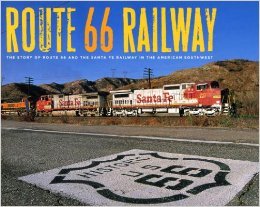
The ultimate journey for fans of railroads and the Mother Road!
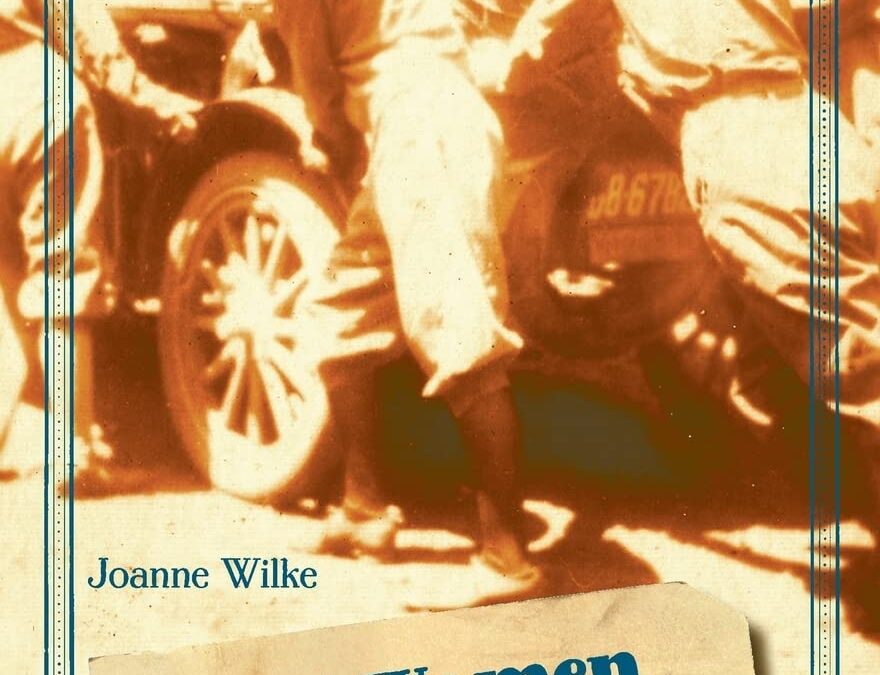
In 1924 eight young women drove across the American West in two Model T Fords. In nine weeks they traveled more than nine thousand unpaved miles on an extended car-camping trip through six national parks, “without a man or a gun along.” It was the era of the flapper, but this book tells the story of a group of farm girls who met while attending Iowa’s Teacher’s College and who shared a “yen to see some things.”
A blend of oral and written history, adventure, memoir, and just plain heartfelt living, Eight Women is a story of ordinary people doing extraordinary things. Weaving together a granddaughter’s essays with family stories and anecdotes from the 1924 trip, the book portrays four generations of women extending from nineteenth-century Norway to present-day Iowa—and sets them loose across the western United States where the perils and practicalities of automotive travel reaffirm family connections while also celebrating individual freedom.

West Point’s Class of 1915 is the academy’s most important in history.
The cadets of the United States Military Academy, West Point, are intimately twined with the country’s history. The graduating class of 1915, the class the stars fell on, was particularly noteworthy. Of the 164 graduates that year, 59 (36%) attained the rank of general, the most of any class in. Although Dwight Eisenhower and Omar Bradley, both five-star generals, are the most recognizable, other class members contributed significantly to the Allied victory in World War I, World War II and played key roles either in the post-war U.S. military establishment or in business and industry after World War II, especially in the Korean War and the formation of NATO. For more than half a century, these men exerted tremendous influence on the shaping of modern America, which remains substantial to this day. Individually, the stories of these military and political leaders are noteworthy. Collectively, they are astonishing. West Point, 1915 explores the achievements of this remarkable group.
Western Allied Tanks 1939-45
USA, Southwest 11 Nat’l Parks
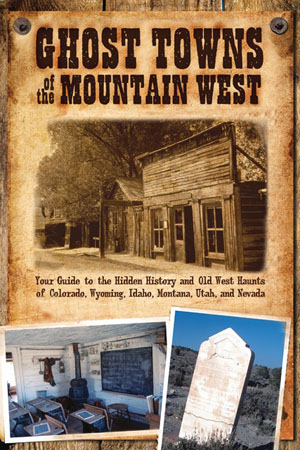
The Rocky Mountain and Great Basin states are the heart of ghost-town country. Once-bustling pioneer outposts, mining camps, lumber towns, and railroad villages stand today as reminders of the glory days of gold rushes, industrial progress, and that pioneering spirit of the Old West. This book guides readers to the fascinating and scenic ghost towns of Colorado, Wyoming, Idaho, Montana, Utah, and Nevada. Varney highlights popular tourist destinations as well as out-of-the-way spots unfamiliar even to natives of the region. Maps, historical background, and stunning color photographs bring to life dozens of ghost towns and provide practical information for exploring this fascinating chapter of American history.




